
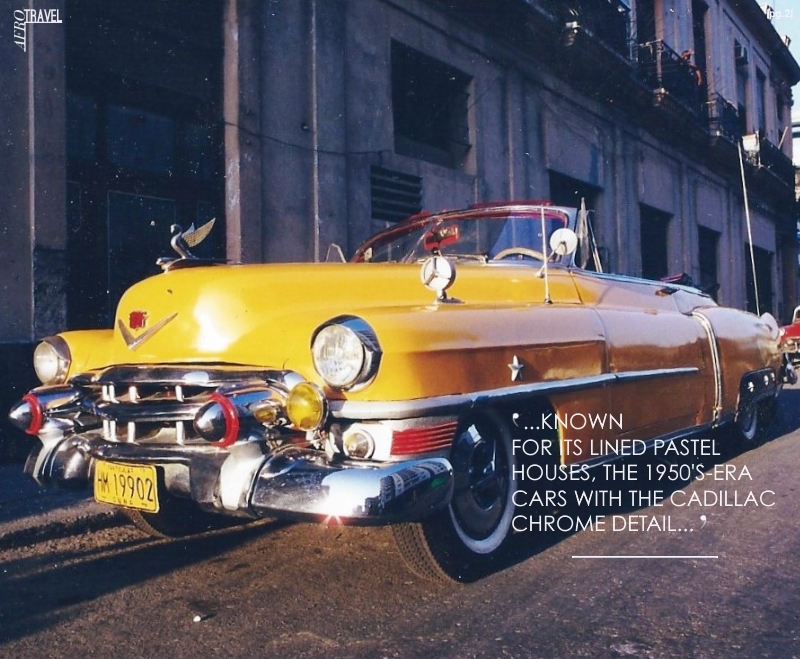
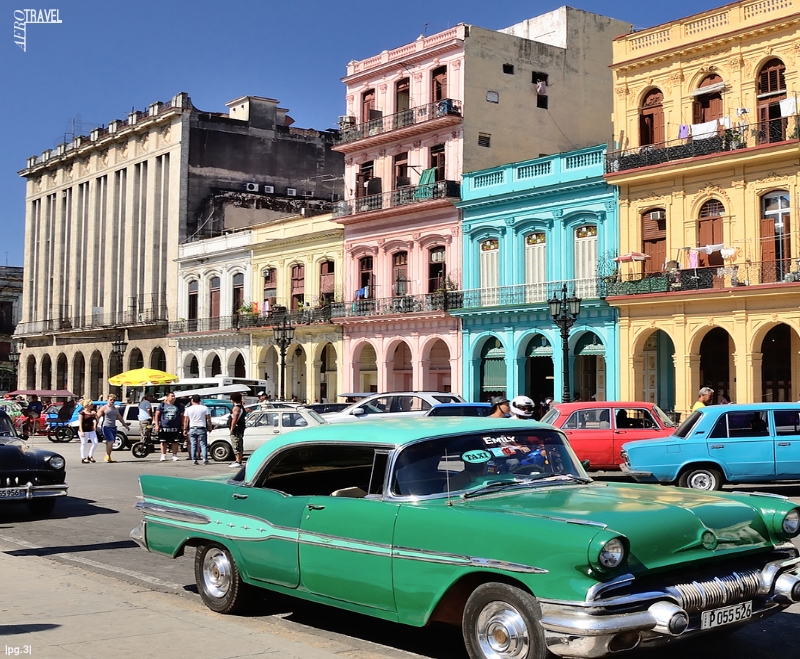
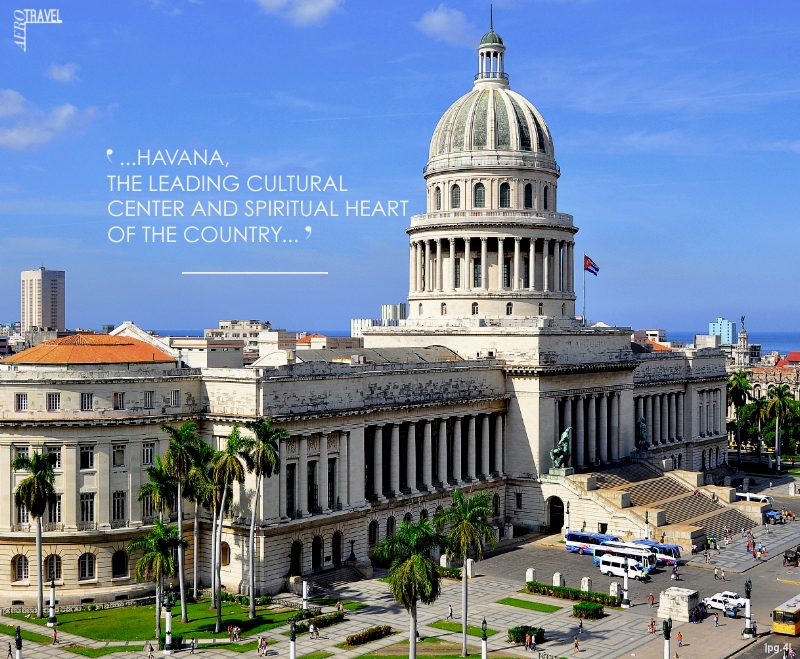


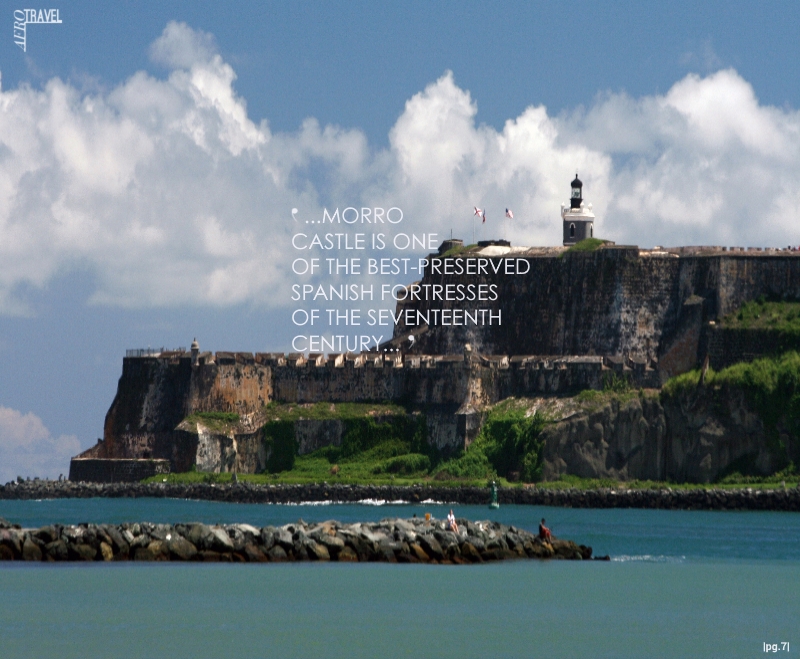
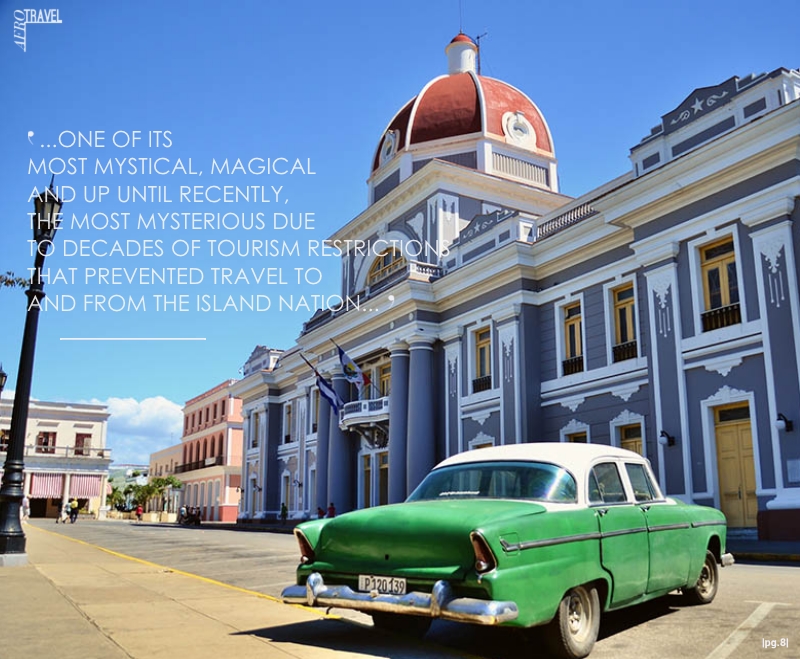








Just a stone throw away from the sunny shores of Florida, Cuba is packed with some of the most distinct cultural and natural wonders to be found in the region. Immersed in worn magnificence, Cuba is Caribbean's largest island filled with history, culture and mystique. Live music breaths through the cobbled cubes in Havana’s World Heritage-listed Old Town, vintage cars still cruise the streets, and the beautiful old buildings of Cuba's colonial cities evoke the feel of a country frozen in time. Abounding in natural beauty, this island has more than eighteen hundred miles of coastline, much of it of dazzling beaches. From the coral reefs glimmering in the turquoise waters to the plush countryside and sublime islands, Cuba has played host to world leaders, a haven for refugees, revolutionaries, inspired authors from around the world including acclaimed writer, Ernest Miller Hemingway. With all this history and beauty Cuba offers a depth and diversity few Caribbean islands are said to rival; and these are a few reasons why.
Old Havana is a UNESCO world heritage site with a well-preserved slice of Cuban history. The cobbled streets and the grand Baroque and neoclassical buildings shine some light to what life was like countless years ago. Breathing new life into the historic buildings, major attractions here include the ‘Plaza de la Catedral,’ which is home to the Cuban ‘Baroque Catedral de San Cristobal,’ the legendary restaurant and a Hemingway hangout, ‘Bodeguita del Medio,’ and the military fortress, ‘Castillo de la Real Fuerza.’ Also in the Old Town stands Plaza Vieja, one of Havana's most vibrant gathering spots and an eighteenth-century building ‘Casa del Conde Jaruco’ that has beautiful stained glass windows on the first floor. Tourists should spend at least a day if possible to explore this Old Town.
Another hotspot is Varadero, one of Cuba's most famous beach destinations. It stretches along the ‘Peninsula de Hicacos,’ which extends into the sea off the north coast where a drawbridge connects it to the mainland. More than fifty hotels line the popular palm-fringed strip with its glorious white-sand beaches that draw visitors from around the world. Highlights include ‘Parque Natural Punta Hicacos,’ a nature reserve with a pretty beach and two caves, ‘Cueva de Ambrosio’ and ‘Cueva de Musulmanes.’ A peaceful home to lush flower gardens, ‘Parque Josone’ is also said to be a ‘must-visit’ in Varadero. Also included is a restaurant, swimming pool, and a small lake where visitors can paddle about in rowboats. Northeast of Varadero, is a popular diving and snorkeling area called ‘Cayo Piedra Underwater Park,’ where underwater explorers will find shipwrecks and shiny shoals of brightly colored fish. Besides diving and snorkeling, Varadero offers excellent deep-sea fishing, golf, skydiving and day trips to cultural attractions.
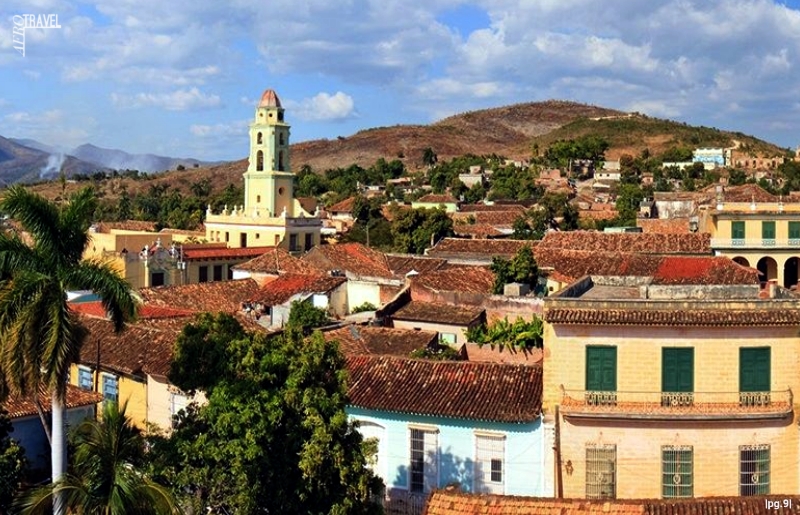
Exploring the town of Trinidad is like stepping back in time. The beautifully restored buildings and cobblestone streets in the city center bring history back to the present because much of the architecture dates from the seventeenth to nineteenth century when Trinidad prospered from both sugar and slave trades. Today, Trinidad is one of Cuba's most popular tourist towns. Its neo-baroque main square, ‘Plaza Mayor,’ is surrounded by grand colonial buildings. The ‘Museo Romántico’ in the restored Palacio Brunet mansion, and ‘Museo de Arquitectura’ Colonial display relics from the town’s sugar-producing era. Cuba’s scenic backyard, Valle de Viñales is a stunning national park blessed by fertile rust-red soil, layered in chartreuse green expanses of tobacco plantations and studded by precipitous limestone buttresses of rock. The valley is also one of Cuba’s main tobacco-producing regions with roads linking several working farms. It offers Cuba’s very best in hiking, climbing and cave exploring based around the tranquil farming town of Viñales on the edge of the park. An alluring location. It is no wonder that it is the country’s second most visited tourist destination after Havana.
For mystery and history, ‘Morro Castle’ is one of the best-preserved Spanish fortresses of the seventeenth century. It stands at the entrance to the Bay of Santiago, perched atop a cliff. The structure was designed by Juan Bautista Antonelli, an Italian engineer in 1587 and was completed at the end of the seventeenth century. It was originally intended to protect against pirate attacks, but also served as a prison before being once again converted into a fortress. Today, visitors do not only explore the many different levels of the fort, they learn about the pirates and the fort’s history in a small museum while enjoying an amazing view over the bay. Other cultural highlights of Santiago de Cuba include the ‘Diego Velasquez Museum’ and ‘Cementerio de Santa Ifigenia,’ both homes to the remains of some of Cuba's most famous military figures. Less than an hour from the city by road, is ‘Parque Baconao,’ which is a Biosphere Reserve, where travelers can tour coffee plantations, wander through botanical gardens, and enjoy stunning 360-degree views over the mountains and sea from a large volcanic rock – the summit of ‘Gran Piedra.’
Caribbean’s largest island is one of its most mystical, magical, and up until recently, most mysterious—since decades of tourism restrictions have prevented travel to and from the island. However, now that all major bans have been lifted, globe trotters of all sorts can now cruise over to a faded but grand land. To discover and learn about the rich history and memory of Cuba, great preparation is recommended. In addition to an in depth research, contacting a professional tour operator or the Department of Tourism is encouraged for more information and education to aid in the preparation of a travel of a lifetime.